Sip What You Sow: Grow and Brew Your Own Herbal Tea at Home
Herb growing tipsFrom seed to steep, growing your own herbal tea garden is easier than you might think. In this post, we’ll share our basic growing techniques for herbs as well as the harvesting, drying, and tea-making process. From Chamomile, the most popular herbal tea, to refreshing peppermint, the results are both delicious and rewarding.
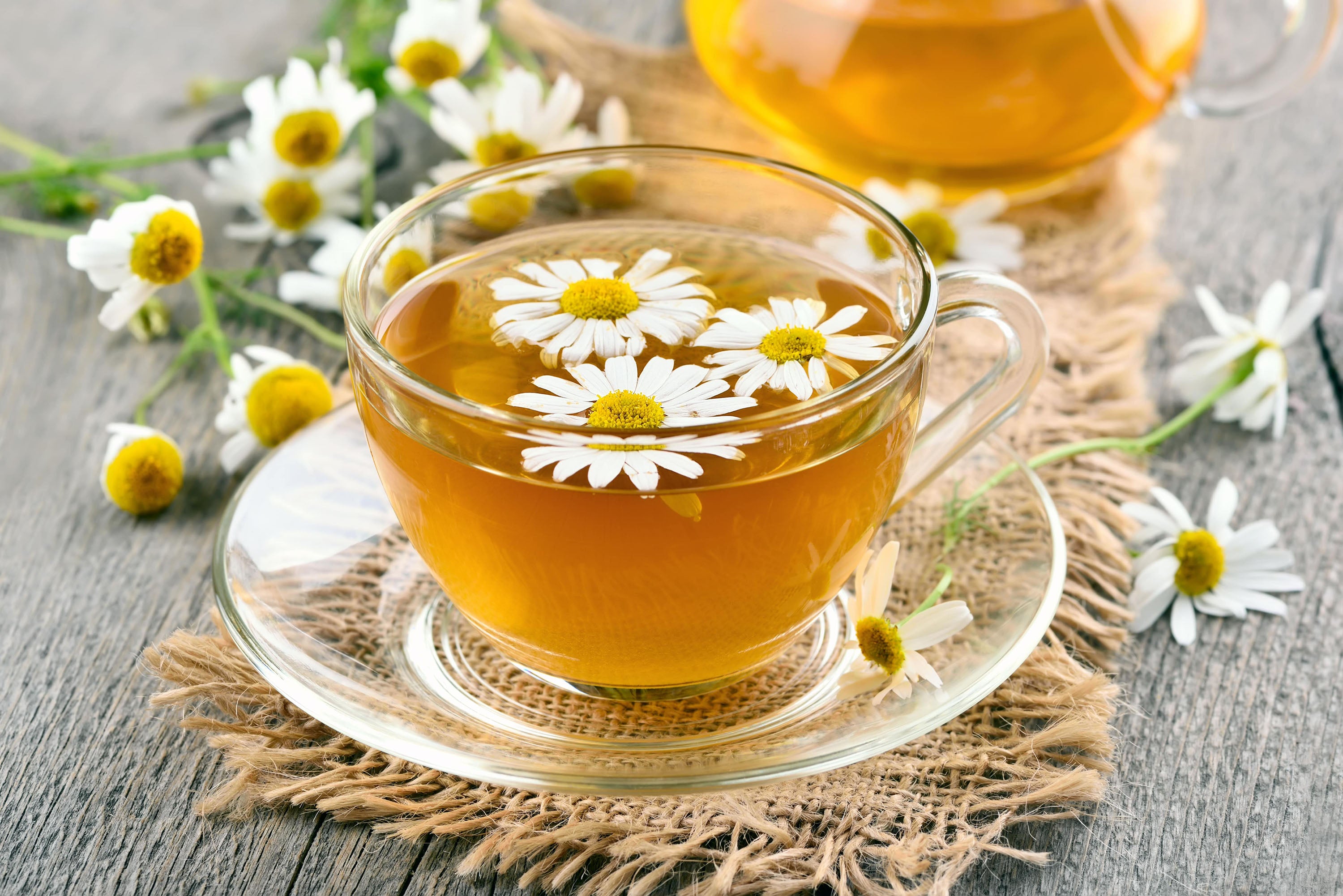
Why Grow Your Own Herbal Tea?
Growing your own herbs for tea means you know the quality of your ingredients. You'll know you have fresh, 100% pure herbs. An additional benefit is being able to personalize your tea blend and connecting with nature. From seed to brew, you'll be part of the whole rewarding process.
Making herbal tea from your own garden is so simple that you may find yourself enjoying a freshly steeped cup of tea every day.
How to Grow an Herbal Tea Garden
To get your herbal tea garden started, first decide which herbs you most enjoy. Make sure you have a sunny location with good-quality soil.
A container garden can be an excellent choice for growing herbs. During the winter months, the containers can be moved indoors, and as long as they receive 6 hours of sunlight every day, they will continue to grow. Containers work especially well for herbs in the mint family since they can spread rapidly.
Check the back of the seed packet to see when and how to plant. Use our Planter's Library for each variety for specific growing tips.
Harvesting Herbs for Tea
Now that you have grown your own herbs, the next step is harvesting your herbs!
When do I harvest herbs for tea?
Herbs can be harvested anytime during the growing season. Choose unblemished herbs that are free of pests and damage.
Harvest herbs in the morning after the dew has evaporated and before the plant oils dry from the heat. Rinse the flowers and leaves to prepare them for making tea and for drying.
Which parts of the plant do I harvest to make herbal tea?
Both flowers and leaves are used for tea making. Choosing which part of the plant to use for tea depends on the herb.
Mint teas are made from plant leaves. Fresh leaves are best, but you can also dry them to preserve them. Strip leaves from the stems to harvest.
Harvest the flowers of Chamomile, Echinacea, Calendula, Lavender, and Borage to make tea. Snip the flowers off just behind the blossom.
Teas can be made with fresh flowers or dried. Try them both and decide which flavor you like best.

How to Dry Herbs for Tea
Drying herbs is pretty simple. Successful drying conditions include good air circulation and keeping herbs out of direct sunlight. In dry locations, this can be done outside or in a clean garden shed. In more humid areas, you may want to use a food dehydrator. The perfect temperature is between 95 and 115ºF.
- The main thing to remember is to get the herbs sufficiently dry if they are going to be stored.
- When drying leaves, spread them out so that they aren’t overlapping.
- To dry flowers, provide them with enough airflow to dry quickly before they become moldy. You can also hang them from the stems.
Once herbs have dried, store them in airtight glass containers away from sunlight. Shelf life is about 12 to 18 months.


Simple Recipe for Herbal Tea
Ready to make delicious herbal tea? The basic method for steeping loose-leaf tea is simple:
- Start with about 2 tablespoons of herbs for 8 oz of water.
- Pour hot (not quite boiling) water over the herbs.
- Cover and steep. In general, the herbs will need to steep for 5 to 7 minutes. Some herbs can turn bitter, so start with 5 minutes and see how the flavor is.
- To increase the flavor, use more herbs, not a longer steeping time.
- Strain and enjoy plain, or add honey.
With fresh loose-leaf teas, you need a way to strain the leaves before drinking.
- A tea infuser works best with dry herbs, but there are also other simple methods.
- You can duplicate the traditional and fancy method of using a Gaiwan (Chinese lidded tea bowl) by placing a plate over the bowl of steeped tea and carefully straining the tea into a cup.
- Another method is to use a French Press to steep your herbal teas. It’s simple to add the boiling water and then strain the tea as you pour it into a teacup.
- A coffee filter is another way to strain the leaves easily. First, rinse the filter to remove any taste. Next, place the coffee filter in the cup. Place the loose leaves or flowers on top. Then add the boiling water. Let it steep. When ready, remove the filter with the herbs inside.

Tips for Specific Herbal Teas
Borage Tea Tips
Borage flowers and leaves can be used both fresh and dried for tea. Harvest flowers when they are fully open.
Lemon Mint Tea Tips
Remove blossoms to encourage a longer growing season. Use fresh leaves for the best flavor.
Marjoram Tea Tips
Marjoram has notes of pine and citrus. Its leaves are used for tea, both fresh and dry. Dried marjoram is more potent than fresh.
Lemon Grass Tea Tips
Lemon Grass likes lots of sunshine and does well in warm climates. To harvest, pull the leaves out from the base of the plant. The bottom white part is the most edible. You can use the leaves immediately or dry them for long-term storage. Cut leaves into 1 to 2-inch pieces. Pour boiling water over. Let it sit for at least 5 minutes for an infused tea.

German Chamomile Tea Tips
Chamomile Tea is the most popular tea worldwide. The flowers are harvested for tea, and you can try them fresh or dried. Cut the whole stem to hang, and then remove the flowers when they are dry. The flavor changes with the age of the flower. Start with a short steeping time since chamomile tea can become bitter if steeped for too long.
Lavender Tea Tips
Lavender Tea has a strong floral taste. Harvest just before the buds are all the way open. Cut the stems several inches below the flower spike to tie into bundles to hang and dry. Place a cloth beneath the drying bundles to catch buds that drop. Use the dried lavender flower buds to make tea.
Echinacea Tea Tips
Echinacea Tea is a popular herbal remedy. The flowers and roots are most commonly used for tea making. You can also mix echinacea with lemongrass or mint for an enhanced flavor.
Mint Tea Tips
Fresh mint leaves produce the best flavor in tea. Large mint plants can handle heavy pruning, so don’t worry about chopping away. Each kind of mint has its own distinct flavor, so try the varieties of Lemon Balm, Mint, Peppermint, and others.
Calendula Tea Tips
Harvest calendula blossoms before they go to seed. The flowers can be used fresh or dried for tea.

There are many health benefits associated with drinking herbal tea. And steeping it from herbs you grew yourself makes every cup even better.
Experiment with different flavor combinations like chamomile and lavender. Or mint and lemon grass.
Now you have it—the tips you need to start enjoying your home-grown fresh herbal teas.
Enjoy!





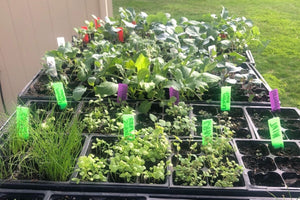
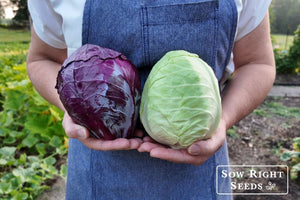
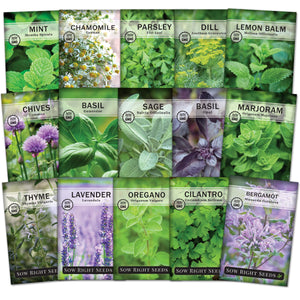
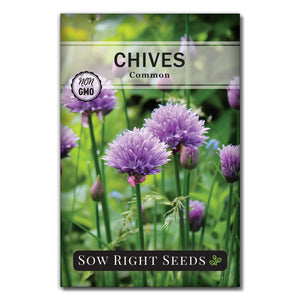
Leave a comment